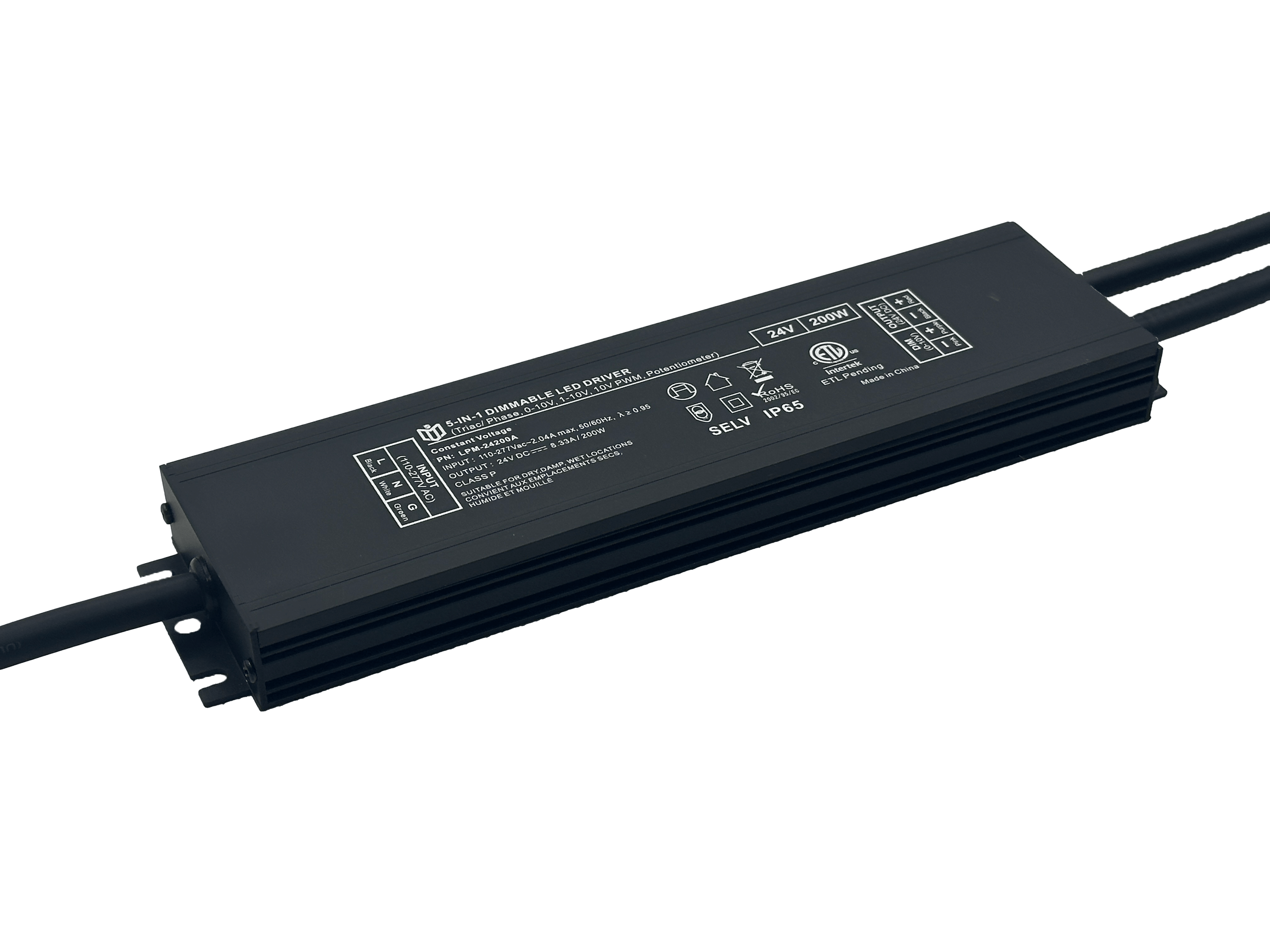Witness to Technological Leap: 0-10V's Breakthrough from Linear to Nonlinear

The evolution of 0-10V signaling represents one of the most transformative shifts in building automation history—a quantum leap from mechanical constraints to dynamic intelligence. Where traditional analog systems operated like fixed-gear bicycles along predetermined paths (linear control), today’s nonlinear architectures function as self-adjusting suspension systems responding to real-time environmental demands. This isn't merely incremental improvement; it's a paradigm shift redefining how electrical devices communicate and coexist within intelligent ecosystems.
From Rigid Ladders to Fluid Landscapes: Deconstructing Linearity
Early 0-10V implementations suffered inherent limitations. Their voltage output correlated directly with user input—turning a knob halfway always produced exactly 5V. Like pouring water through identical funnels regardless of container size below, this approach wasted capacity when partial illumination sufficed yet struggled under heavy loads. Facilities managers faced perpetual compromises: either accept glare at peak hours or endure dim workplaces during off-peak periods. Worse still, sudden load changes caused violent voltage swings that stressed ballast components prematurely. These systems operated on railroad tracks laid decades ago—effective but fundamentally restrictive.
The Nonlinear Revolution: Intelligence Meets Adaptability
Modern protocols shatter those chains through contextual awareness. Sophisticated algorithms now analyze factors including ambient light levels, occupancy patterns, thermal loads, and even historical usage data before determining optimal output curves. Picture an orchestra conductor adjusting tempo mid-movement: when foot traffic drops in conference rooms after lunch, fixtures automatically transition to energy-saving modes without manual intervention. During morning briefings however, they ramp up gradually to eliminate harsh contrast against natural daylight streaming through windows. Crucially, these responses happen imperceptibly—occupants notice comfort, not technology.
This cognitive layer enables unprecedented customization. Hospitals program circadian rhythm profiles matching human biorhythms across wing corridors while stadiums sync thousands of fixtures into pulsating visual narratives during events. Industrial settings leverage predictive modeling to maintain consistent lumen distribution despite conveyor belt speed fluctuations. All while consuming up to 40% less power than legacy setups according to LRC audits—a conservation achievement wrapped in performance gains.
Architectural Implications: Wiring Freedom & Scalability
Perhaps most profoundly, nonlinearity liberates physical infrastructure design. No longer must electricians pull dedicated control lines for every zone; instead, daisychained bus topologies carry modulated signals hundreds of meters with negligible degradation. Retrofits become viable where once impractical—historic buildings preserve aesthetic integrity while gaining brainpower behind their walls. And scalability knows no bounds: add nodes incrementally as needs grow rather than replacing entire networks periodically. It’s akin to upgrading from rotary phones to smartphones—the core purpose remains communication, but possibilities multiply exponentially.
Real World Impact Radiators
Consider Chicago’s Willis Tower renovation: by replacing outdated linear dimmers with adaptive counterparts, annual lighting costs plummeted $82k while achieving Uniformity Index scores exceeding IES recommendations by 27%. Or Singapore’s Changi Airport Terminal 4 where nonlinear controls harmonize with BMS systems to cut HVAC interaction conflicts by 63%, proving synergy beyond single-domain optimization. Even residential sectors benefit—homeowners report 38% lower electricity bills after installing learning thermostats paired with smart drivers supporting nonlinear profiles.
As we stand at this inflection point between static commands and conversational environments, one truth emerges clearly: the future belongs to systems speaking fluid languages. Those clinging to ladder logic will soon find themselves maintaining museum pieces while innovators build living organisms responsive to our world’s breath. The revolution wasn’t just about better wires—it was about teaching electricity to think.
 In heritage architecture prote
In heritage architecture prote
 When small-batch customization
When small-batch customization
 Have the electromagnetic emiss
Have the electromagnetic emiss
 When Triac dimmable power supp
When Triac dimmable power supp
